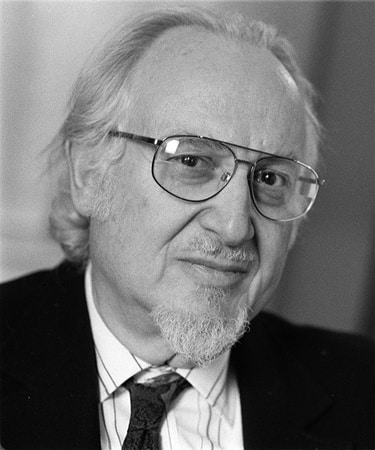Mahler’s most performed symphony gets a critical makeover
NewsUniversal Edition has produced a critical edition of Gustav Mahler’s fourth symphony, incorporating changes he made to galley proofs in February 1911, weeks before his fatal illness. The proofs somehow went lost until lately.
The edition also takes in marks on Mahler’s own conducting score from 1905.
Renate Stark-Voit explains:
UE says: ‘There are hundreds and hundreds of details that – taken as a whole – make a thoroughly astonishing difference.’
No announcement yet of a performance of the cleaned-up score. Most orchestras will stick to the out-of-copyright score in their libraries.






Comments